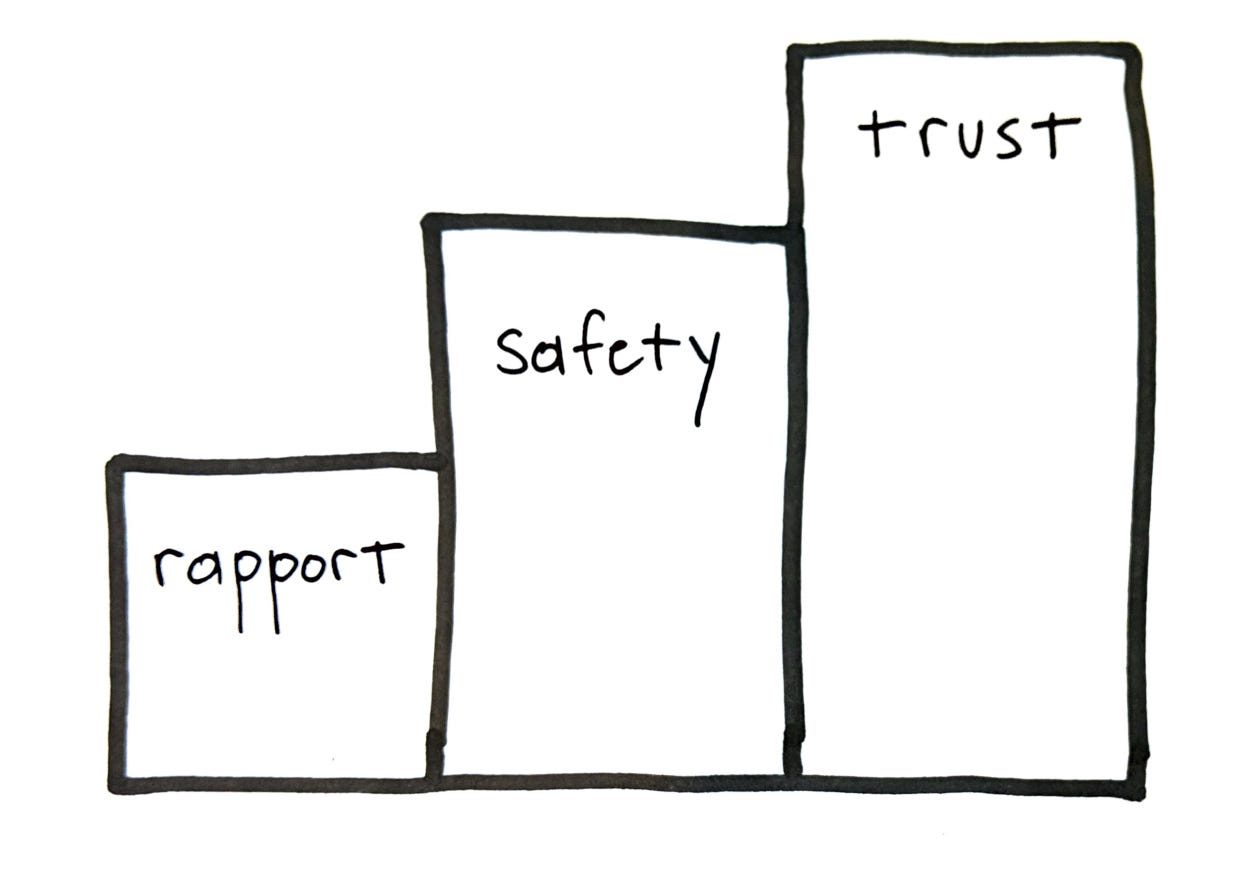The truth about telling the truth
Dear Remora - our startup is in the late stages of negotiating a strategic alliance with a large public company. This deal could be transformative for our growing company. But our Engineering team recently determined we need to overhaul our backend architecture in order to scale. This jeopardizes the deal I’ve been working on for months. I’m afraid this is all going to fall apart if our partner learns about this issue.
What should we do?
Loyal Reader,
Fig Leaf
Dear Fig Leaf - You have an ugly truth that you need to deal with. How you choose to handle this can be a defining moment for you and your company.
The question is not “if” you should tell the truth to your partner. The question is “how” and “when” … and the answers to both are pretty simple.
But that doesn’t mean that the task you’re facing is easy.
First, consider this truism about telling the truth …
Tell it all, tell it early and tell it yourself.
This was a mantra among President Clinton’s White House Communications Team. It is simple advice that is often difficult to follow. After all, President Clinton himself famously failed to follow it.
Here is what it means:
Tell it all - Lay out the facts. Don’t hold back details or sugarcoat.
Tell it early - Get ahead of the issue. Now. Assume they will uncover your attempts to delay or diminish the truth.
Tell it yourself - Own the narrative. Do not let them learn this from anyone else.
Why telling the truth is difficult
Your relationship with the truth began during childhood. Right or wrong, few parents consistently deliver ugly truths to their kids by telling it all, telling it early and telling it themselves.
I once worked with a manager who shared a personal story during a leadership offsite. When she was a young girl her mother grew sick. She visited her mother in the hospital. The grown-ups explained that her mother was fighting a serious illness.
One day her father told her that instead of going to school they would go to the park. As they walked together, her father explained that her mother had died. This little girl was blindsided. She had not been provided a chance to prepare for this terrible loss or to say goodbye.
She shared this story in a conference room at work nearly twenty five years later. Her face was filled with tears. So was everyone else’s.
This story is an extreme example. But most of us have our own memory from childhood of a time when our parents shared a difficult truth with us. The death of a pet. A move to a new school. Or a divorce.
These early experiences shape your relationship with the truth. And that relationship informs how you handle ugly truths as an adult.
You are not alone if you find it difficult to tell it all, tell it early and tell it yourself.
What telling the truth means for your deal
So much of the negotiations training emphasizes building trust with your partner.
But people do deals all the time with people that they don’t trust.
In reality, trust is not binary. Trust has stages. Trust is a destination that you can reach after you have built rapport and created a sense of safety for and with your partner.
Rapport - understanding each other’s ideas or feelings; communicating well.
Safety - the sense of being protected from danger, risk or injury.
Trust - belief in the reliability, truth, ability or strength of someone.
If your partner learns that you have not been truthful, then you will destroy each of these - rapport, safety and trust.
Your ugly truth is a threat to your deal. It is also an opportunity to advance closer towards the kind of trust that endures.
How to deliver this ugly truth
Delivering the ugly truths is a muscle you can build over time. Here are some suggestions as you prepare for this conversation …
The medium is the message: Pick-up the phone or sit down in-person. Do not email this.
No teasers: If you need to schedule the conversation and you’re asked for the purpose, keep it broad. Do not vaguely allude to a serious problem.
Prepare your message: Draft bullet points for yourself that cover (a) what has happened, (b) what you are doing about it, (c) expected timeline for a resolution.
Practice your delivery: Hear yourself delivering the message out loud before you say it to others. Keep it concise. Do not read your notes verbatim.
Get to the point: When the conversation begins, get right to the point. Avoid inserting your own color commentary.
End with why: Acknowledge why you reached out to have this conversation: “we value this partnership and I wanted to tell you myself so you heard this from me directly.”
One timing caveat: The (only?) reason to (briefly) delay this conversation is if doing so will allow you to share a more precise sense of timeline for a resolution.

For laughs …





